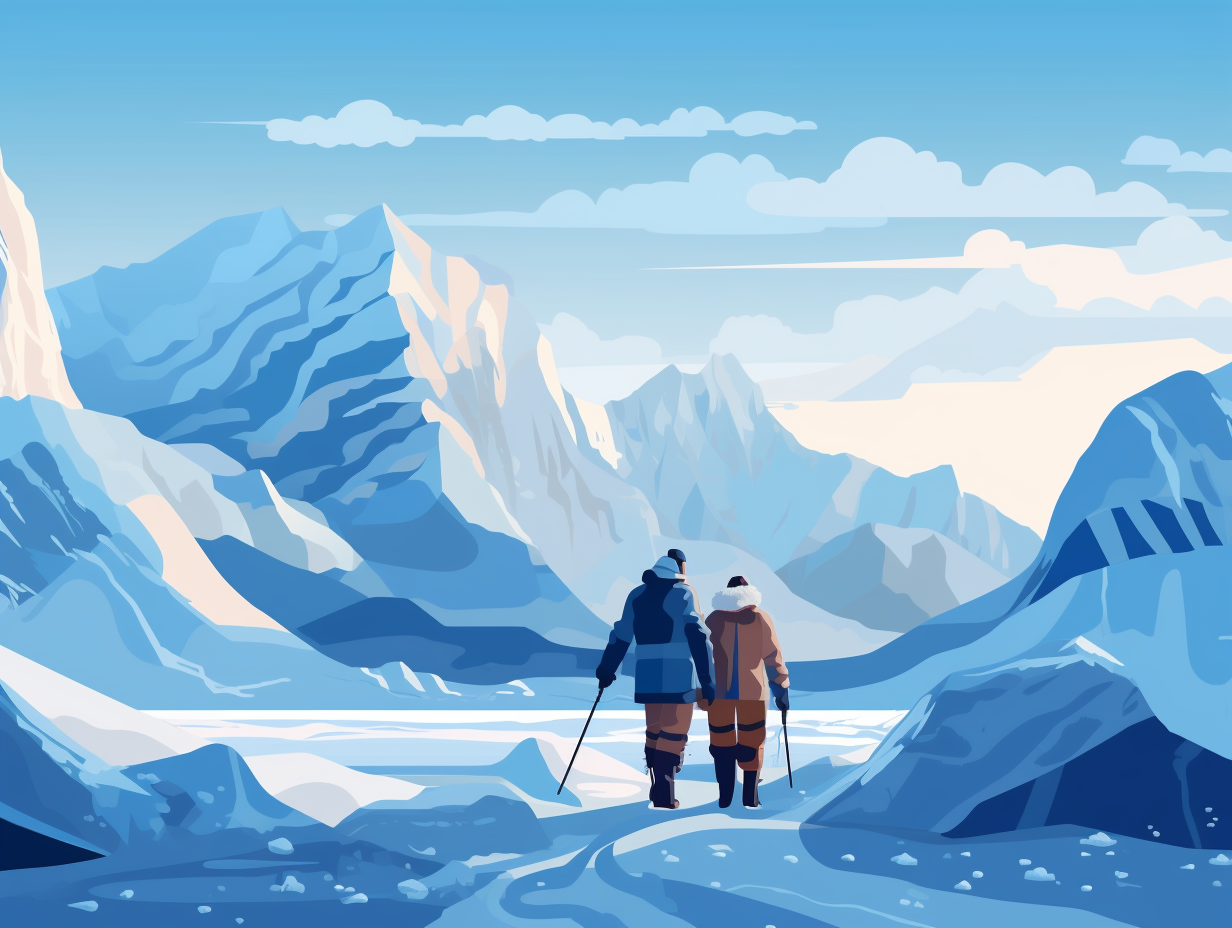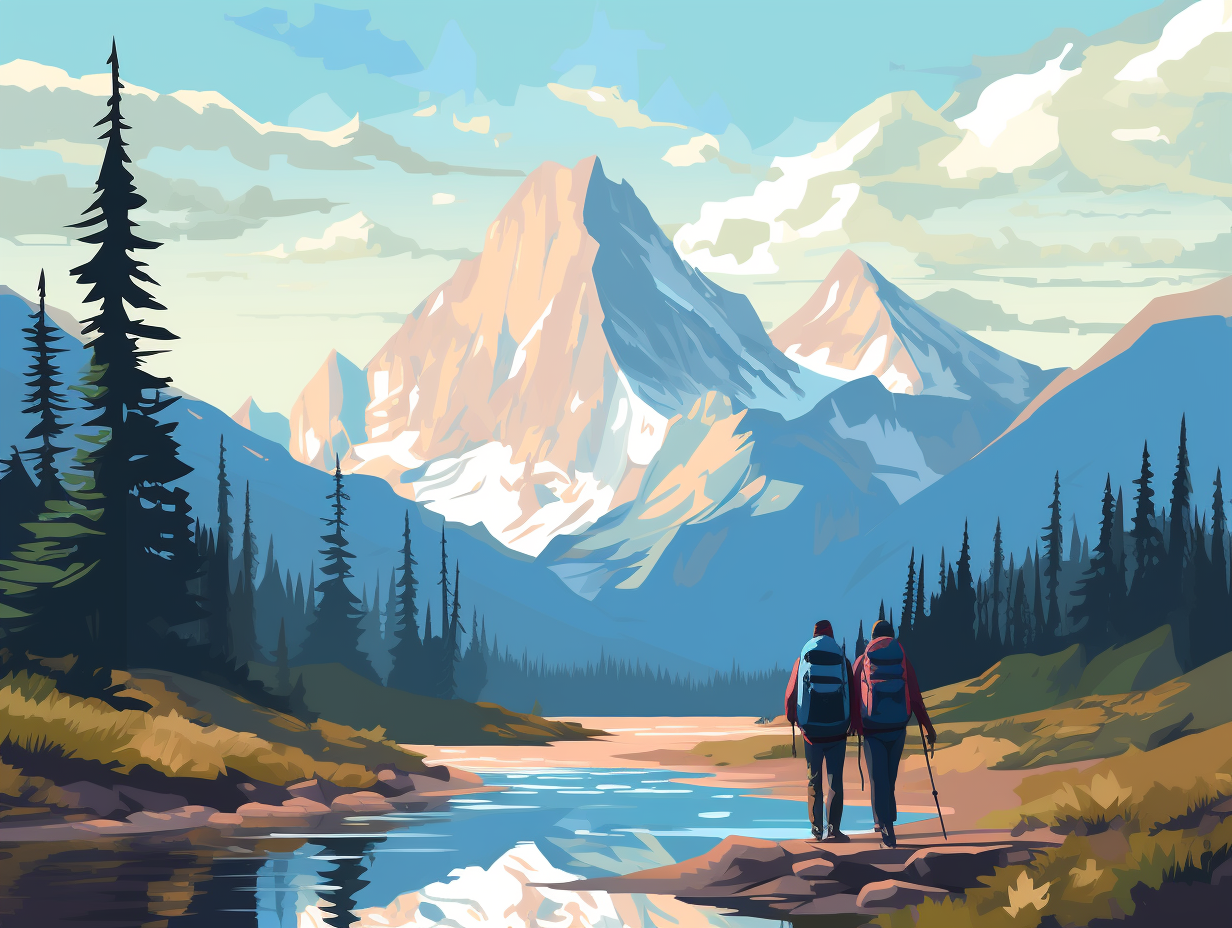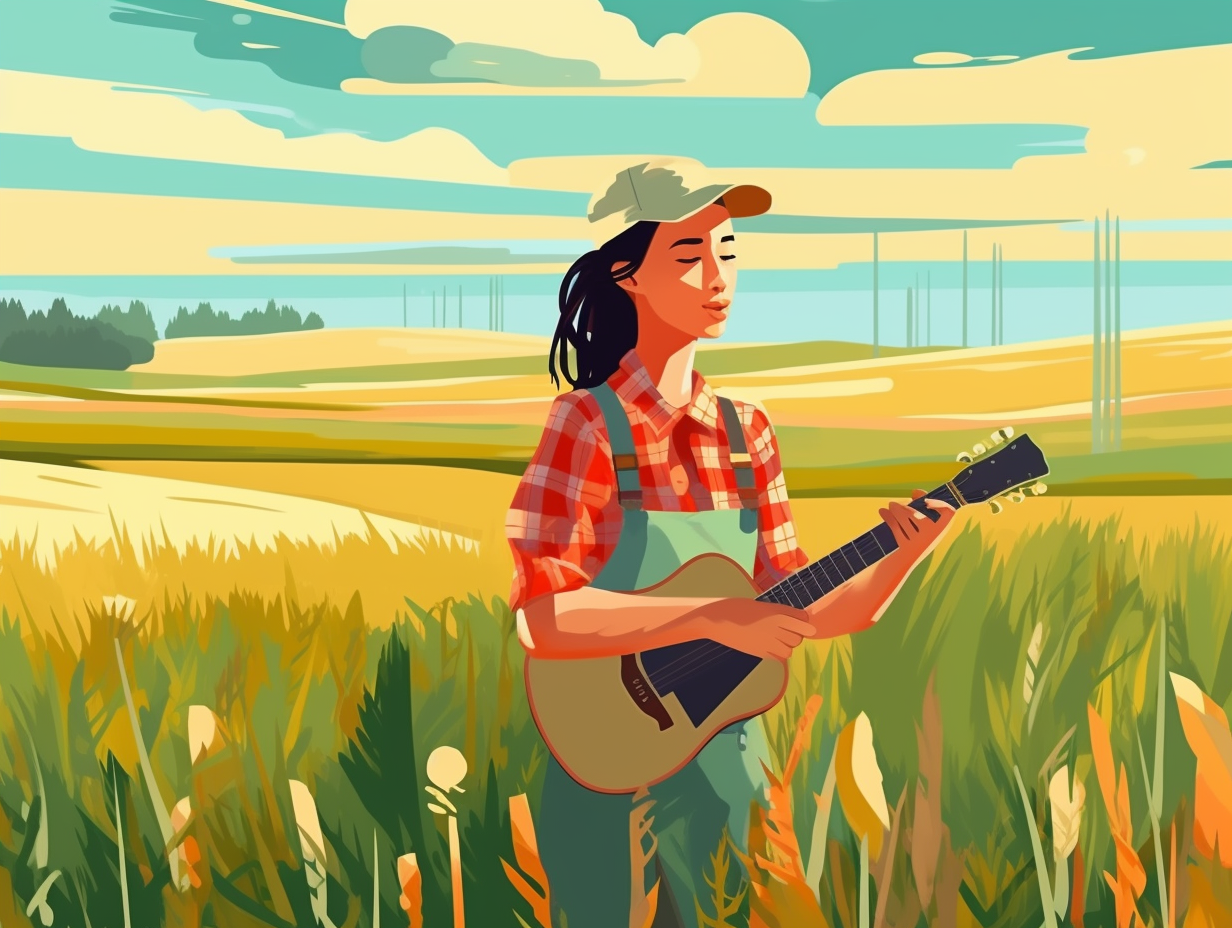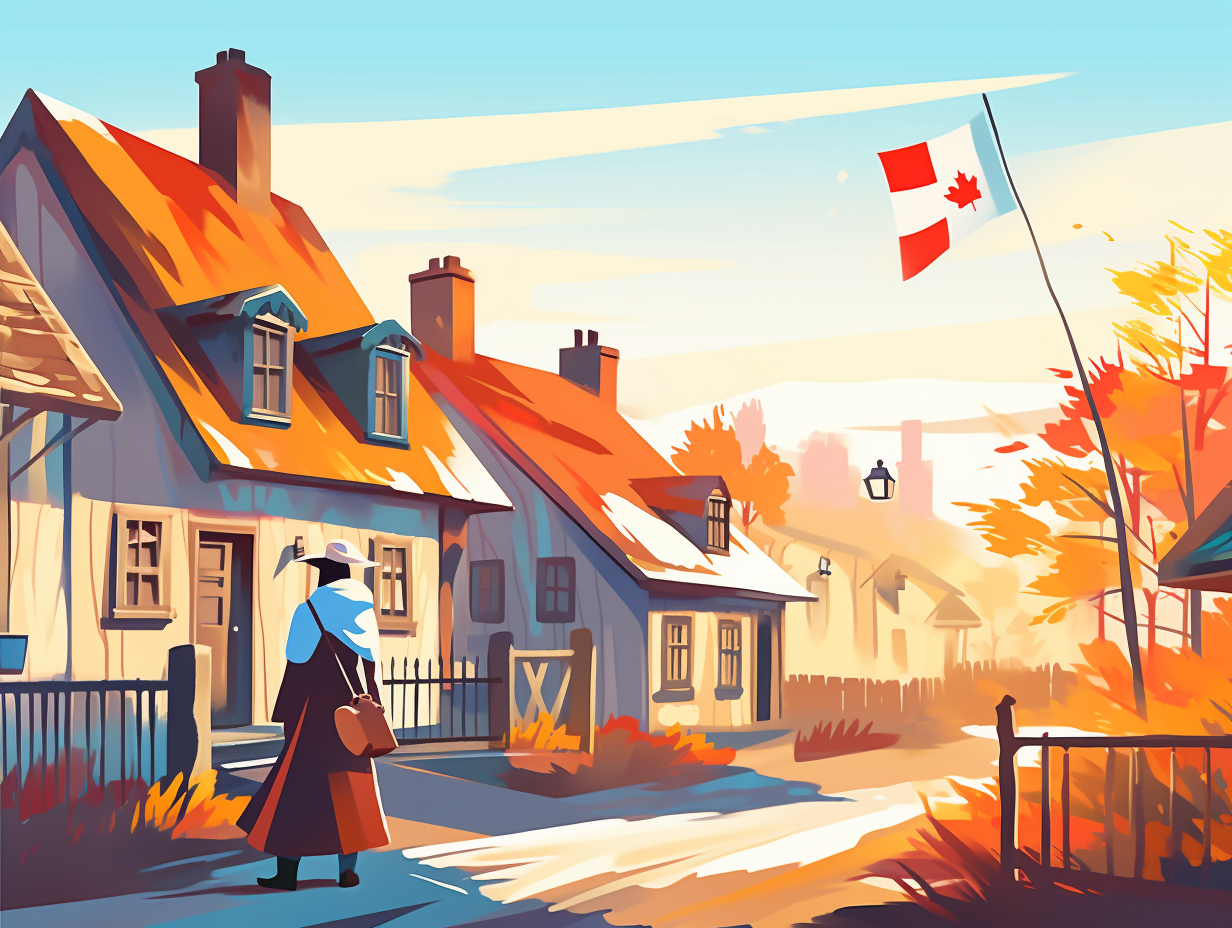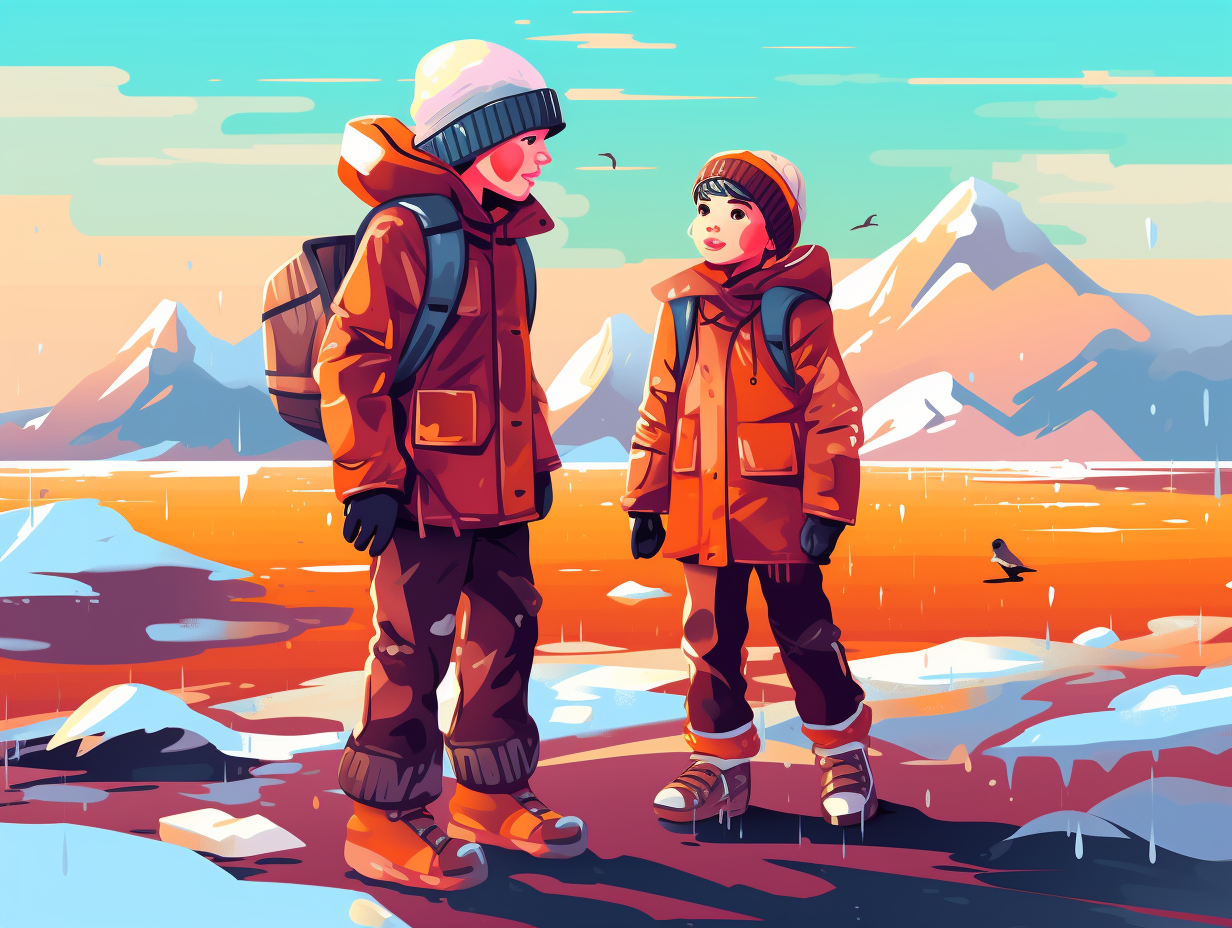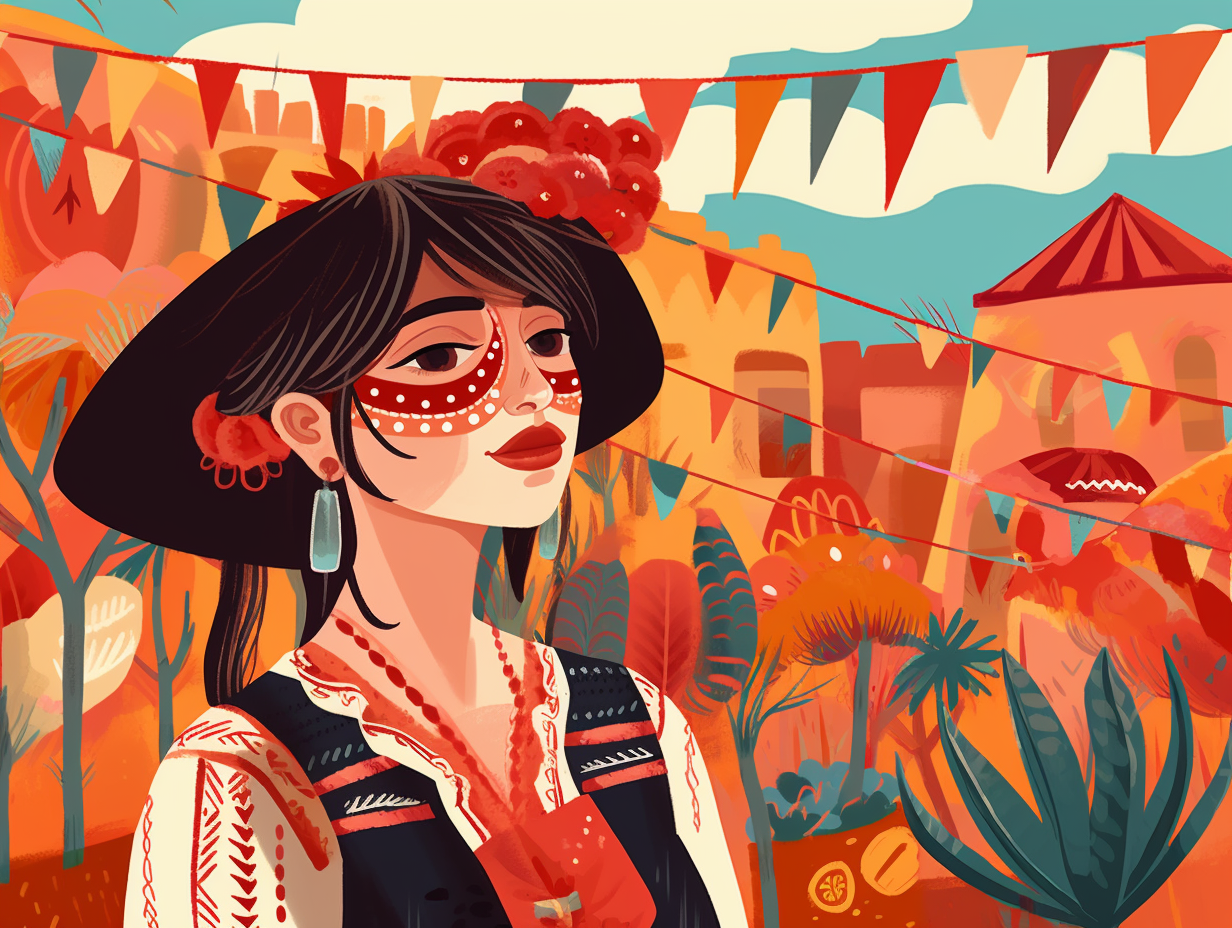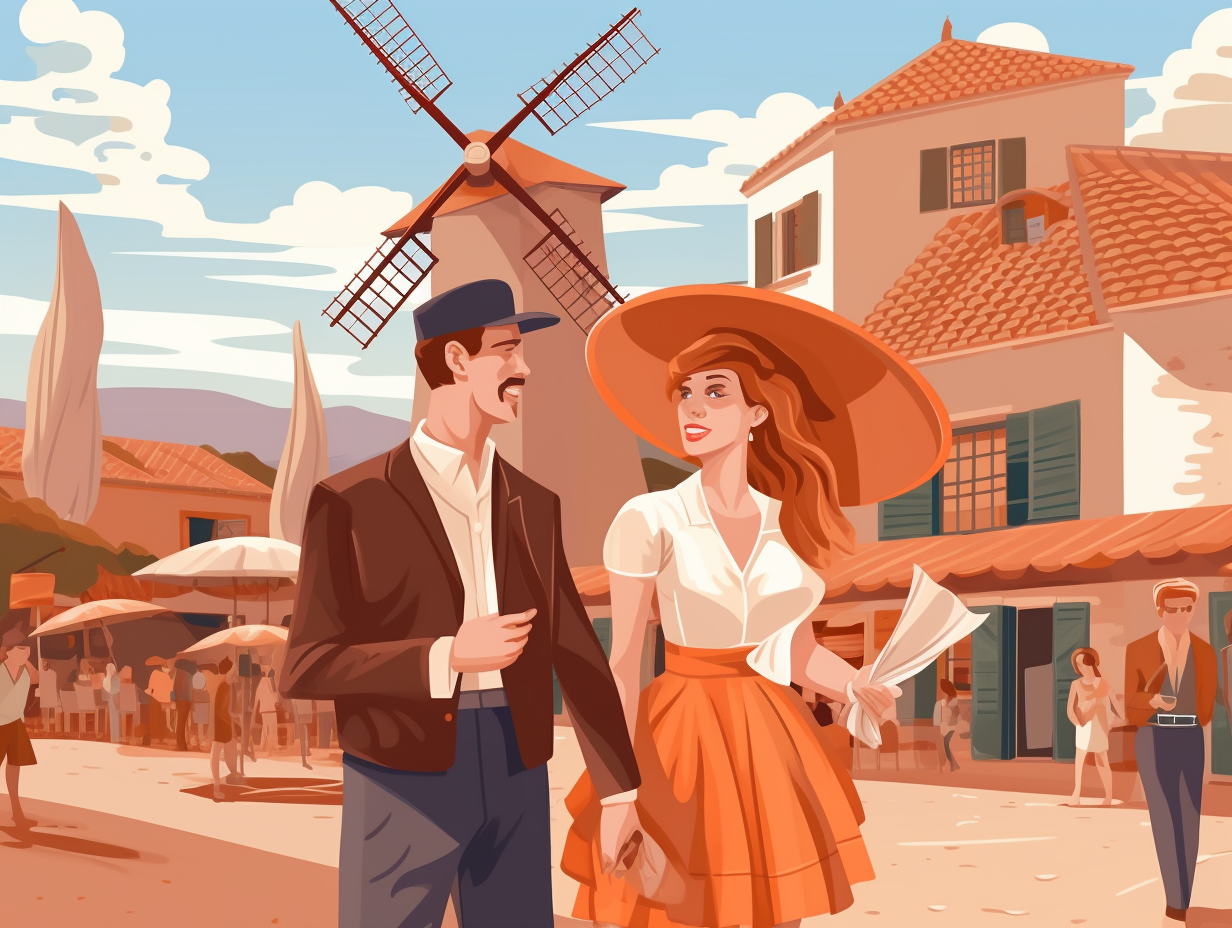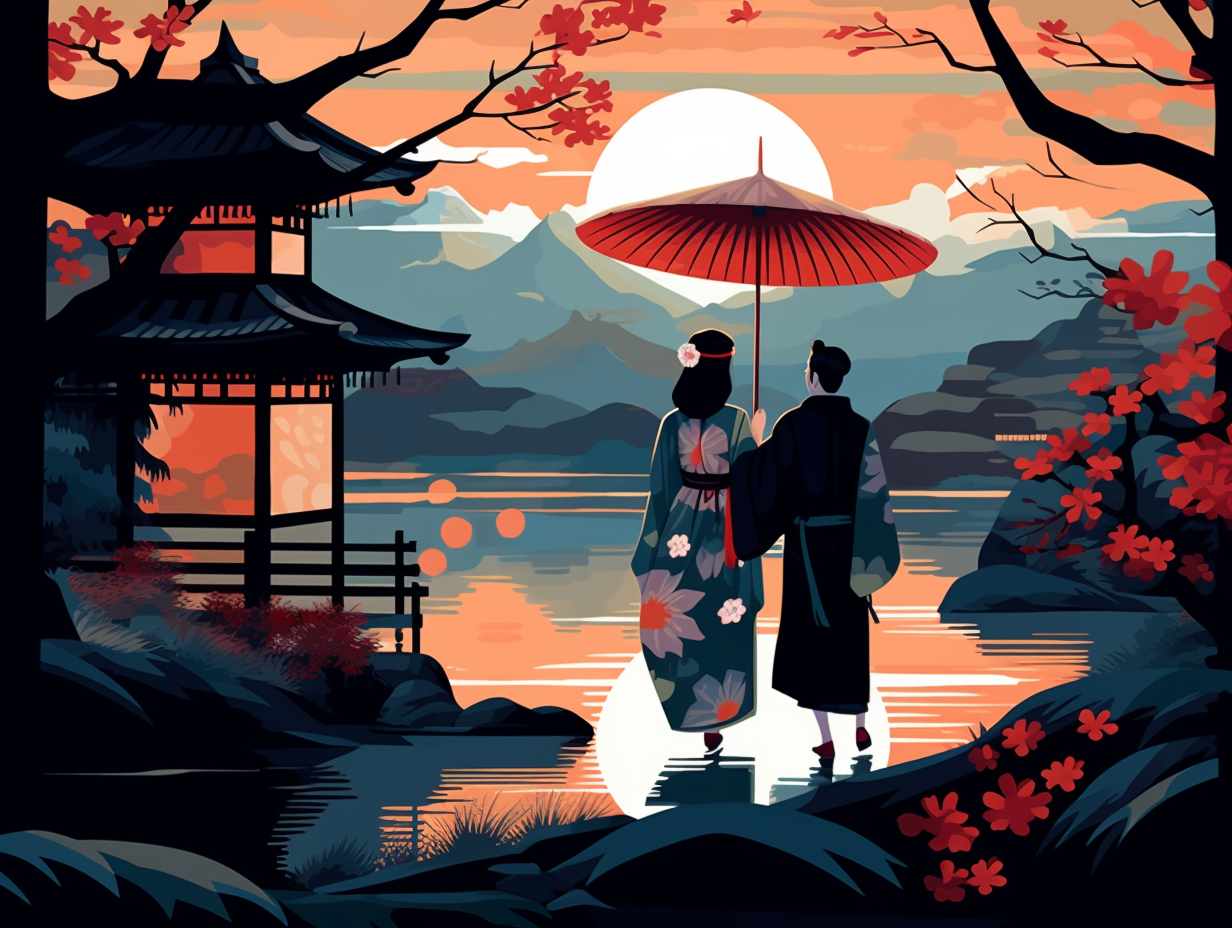Discover the Frozen Magic: Top 10 Captivating Fun Facts About the Northwest Territories

1. Northern Arts and Cultural Centre: Frigid Broadway
Who needs Broadway when you've got frostbite and auroras? Say hello to Yellowknife's very own hub of talent and creativity: the Northern Arts and Cultural Centre hosts a myriad of live performances, exhibitions, and workshops for the musically, theatrically, and visually inclined, making it an unmissable gem in the frigid heart of the Northwest Territories.
Source => en.wikipedia.org
2. Diamond Mines: Snow-Loving Adventurers' Best Friend
If you're tired of reaching for the stars in your quest for treasures, the icy depths of the Northwest Territories might just prove that diamonds are a snow-loving adventurer's best friend: Located 320 kilometers northeast of Yellowknife and just 200 kilometers south of the Arctic Circle, Ekati and Diavik diamond mines are accessible by air most of the year, but form their own exclusive club during winter, with a temporary 10-week ice road as their red (or rather white) carpet, sitting amidst over 8,000 lakes and interconnecting streams that paint a stunning geological canvas visible even from satellite images.
Source => eros.usgs.gov

Discover the frosty oasis of Grise Fiord, where Santa's elves might vacation and over 100 residents enjoy traditional Inuit activities on the planet's northernmost settlement. 🌍❄️🎣
=> Fun Facts about Nunavut
3. Polar Bear Lounge: Dress Code-Furry
Welcome to the Polar Bear Lounge, where the dress code is "furry" all year round and seals are always on the menu: The Northwest Territories in Canada is home to around 3,000 polar bears, which is a significant portion of the country's total population of around 16,000, comfortably lounging on both land and sea ice. These furry Northerners rely on denning sites and spring feeding areas for survival, feasting on a carnivorous diet that includes seals, walrus, whales, fish, and birds. Conservation efforts in this region are guided by the Inuvialuit Settlement Region Polar Bear Joint Management Plan and the Framework for Action for Management of Polar Bears in the Inuvialuit Settlement Region.
Source => gov.nt.ca
4. Land of the Midnight Sun: Mother Nature's Teenage Dream
You know that feeling when your parents tell you to be home before sunset, but Mother Nature is feeling rebellious? Welcome to the ultimate teenage dream destination: In the Northwest Territories, the summer months bless residents and visitors with the phenomenon called the Land of the Midnight Sun, where daylight can last for months straight, and the sun doesn't fully set from April to August.
Source => spectacularnwt.com
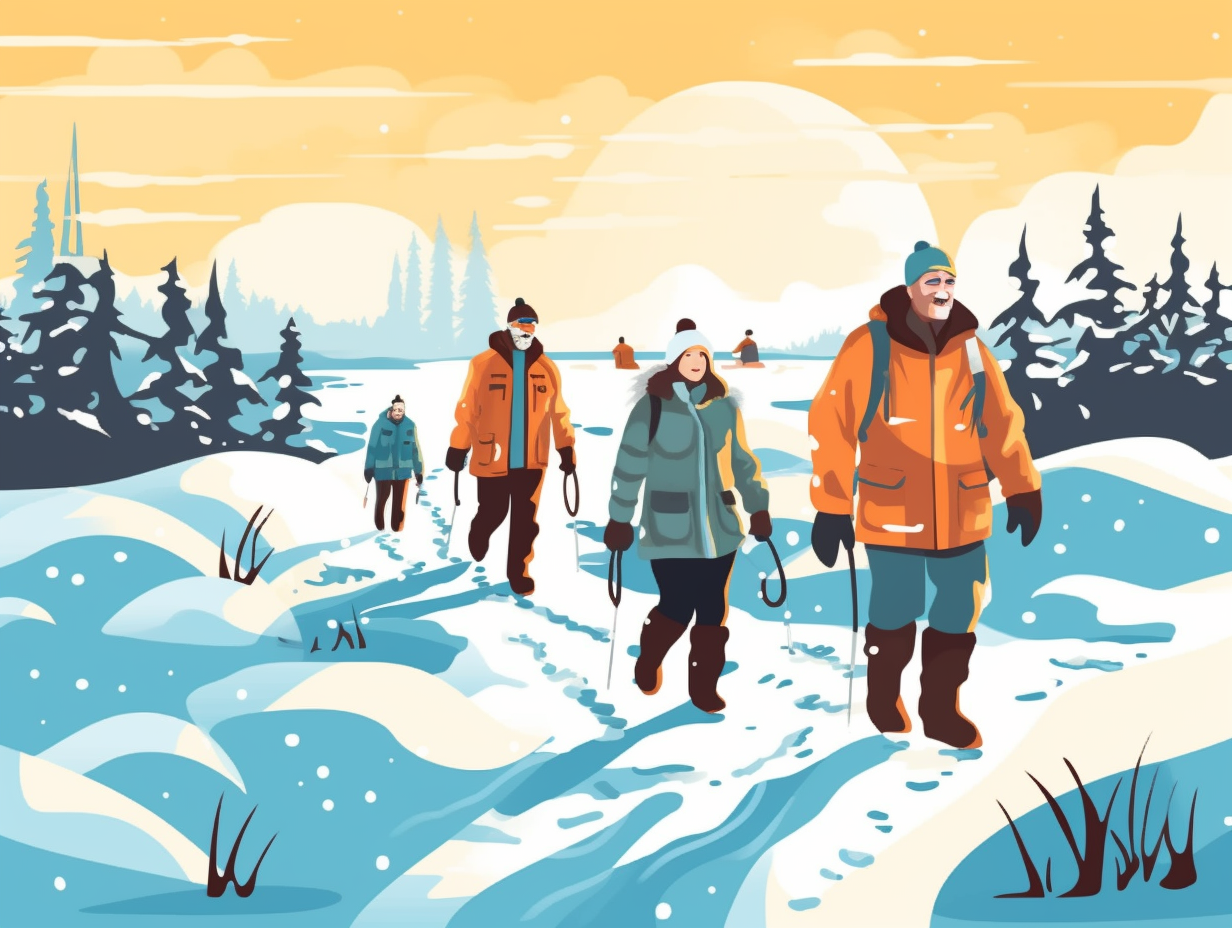
5. Plebiscite Geography: Voting for Territory Split
Once upon a time in the frosty North, where polar bears and parkas hold dominion, the people convened to vote on a pressing matter of geography: In 1982, a plebiscite in the Northwest Territories saw 56.6% of voters in favor of splitting the territory in two, with strong support from what would later become Nunavut, paving the way for its creation in 1999.
Source => ntassembly.ca
6. Inuvik Tuktoyaktuk Highway: Arctic Route 66
Forget about the "Road to El Dorado": it's all about that road to the Arctic! The Inuvik Tuktoyaktuk Highway (or Highway 10, for those less linguistically inclined) is Canada's chilled answer to Route 66: the first and only highway to reach the Arctic coast. Connecting Inuvik and Tuktoyaktuk in the Inuvialuit Settlement Region, this gravelly path offers stunning views of the tundra, Arctic Ocean, and Northern Lights — just make sure to pack your parka and double-check road conditions before embarking on this undeniably cool journey.
Source => inf.gov.nt.ca
7. Wood Buffalo National Park: Marsh Party for Cranes and Bison
When Mother Nature throws a party in the Northwest Territories, nobody rocks it like the charismatic cranes and bison who dance the night away in a mighty marsh bash: Wood Buffalo National Park is not only home to the largest freshwater delta in North America, but also serves as a residence to 5,000 free-roaming bison and the world's last remaining wild flock of around 275 whooping cranes, who nest and raise their young in the park's marshes before migrating to the Texas Gulf Coast for the winter.
Source => birdnote.org
8. Oregon Treaty: The Great 49th Parallel Divide
When border disputes between the US and Britain threatened to turn the Pacific Northwest into a game of "Who's Line Is It Anyway?": The Oregon Treaty of 1846 stepped in to draw the line at the 49th parallel, giving the US a firm hold on Oregon, Washington, Idaho, and Montana, while Britain kept hold of Vancouver Island and certain navigation rights. The Northwest Territories, however, got to dodge this comedic showdown, staying under British control and ultimately joining the Canadian family in 1870.
Source => history.com
9. Mackenzie River System: Canada's Underwater Kingdom
Move over Aquaman, Canada's got its own underwater kingdom: The Mackenzie River system in the Northwest Territories has the largest drainage basin in the country, covering a whopping 1.8 million km2 and boasting a mean discharge of 9,700 m3/s — making it second only to the St. Lawrence River. And it's not just water you'll find in this aquatic marvel: fifty-four fish species call it home, while migratory birds use it both as a highway and a summer resort. But beware, humans: climate change, mercury, and PCBs lurk beneath these waves, threatening the long-term health of this ecological wonder.
Source => thecanadianencyclopedia.ca
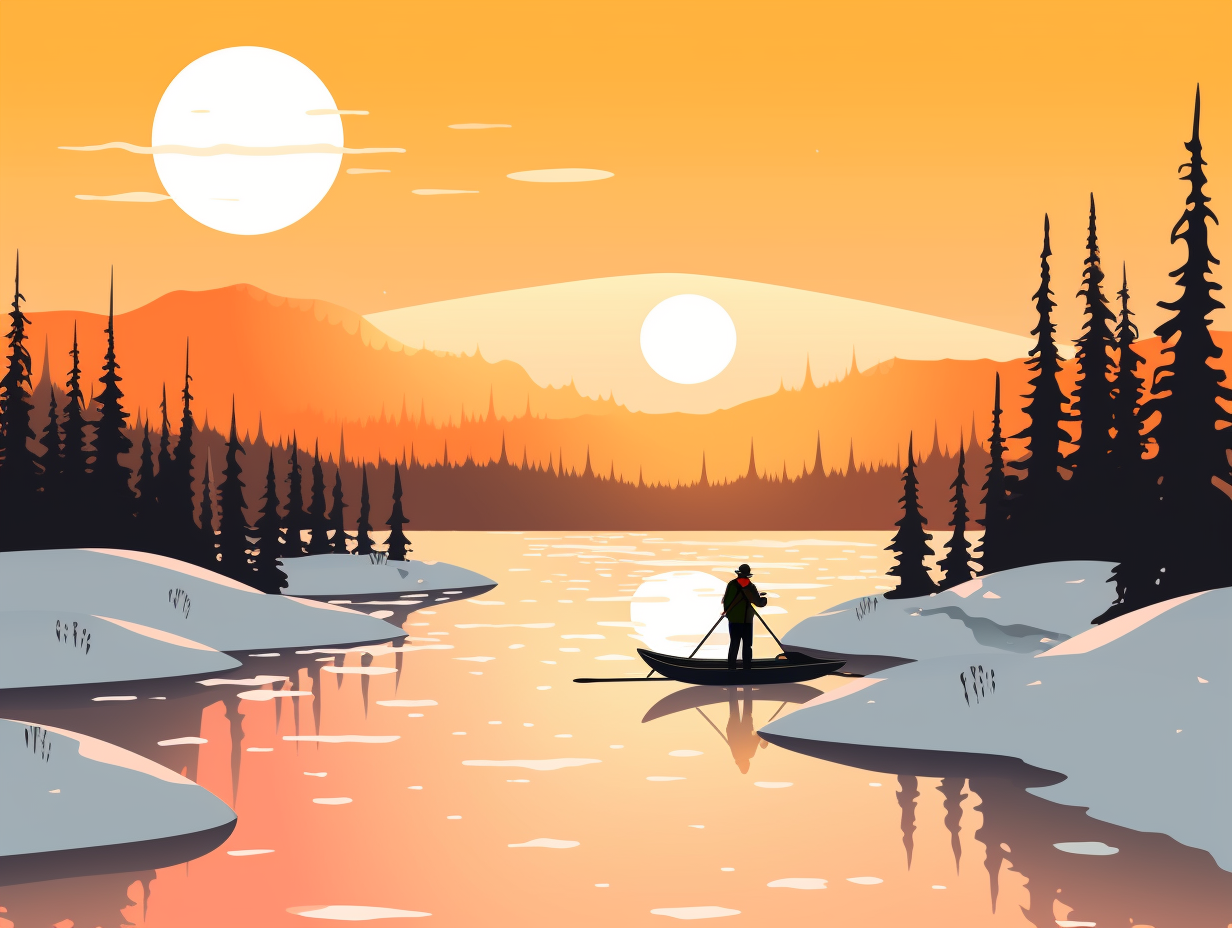
10. NWT Flag: Teen's Winning Design: Ice and Lakes
Feeling a bit territorial and painting the town blue and white: The Northwest Territories' flag was designed by a 17-year-old Robert Bessant, who won a nationwide competition with his entry symbolizing icy white snow and blue gushing waters of the NWT lakes.
Source => ntassembly.ca
Related Fun Facts


